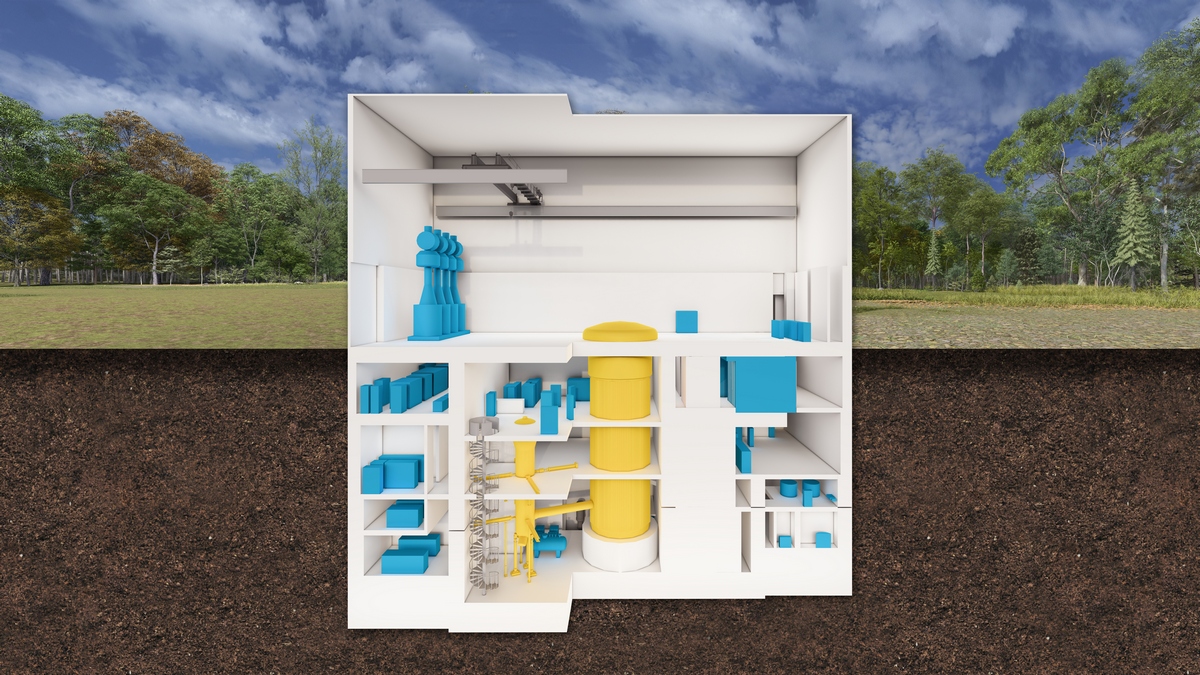Operational and Safety Analyses of Nuclear Reactors, and Environmental Impact Studies
Scientists at NCBJ are developing computational tools for safety analyses and optimization of the operation of light-water power and research reactors, as well as high-temperature reactors. They conduct operational and safety analyses and prepare safety assessments for nuclear power plants. Their research also encompasses thermal-hydraulic issues, fuel cycles, fuel recycling and transmutation, and severe accidents. The dedicated Hazard Analysis Center MANHAZ specializes in advanced Computational Fluid Dynamics (CFD) simulations, modeling the dispersion of contaminants in the environment, inverse problem-solving, probabilistic safety analyses, and reliability analyses especially for HTR. The MARIA reactor serves as a testing ground for some nuclear reactor analyses conducted at NCBJ.





